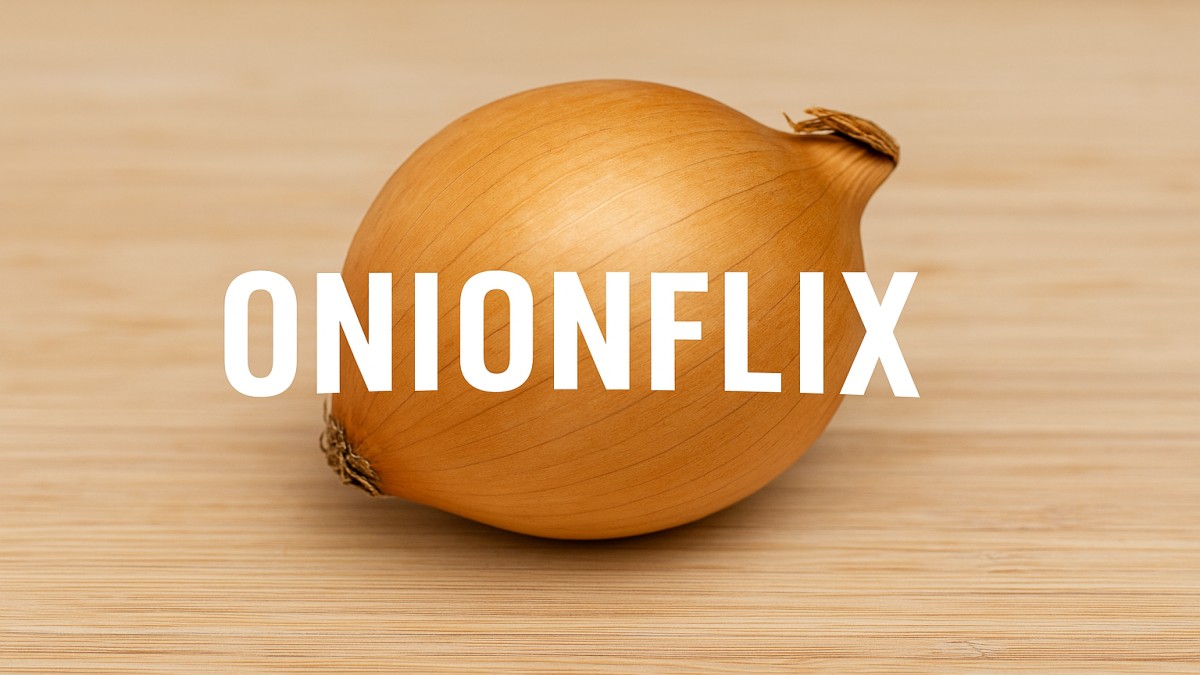Health
Minted Greens: A Fresh Take on Flavor, Health, and Gardening

Introduction
Minted Greens. Ever taken a bite of something and instantly felt refreshed? That’s probably mint doing its magic. But there’s more to it than a breath-freshening herb. Minted greens are gaining attention for their delicious flavor, health benefits, and versatility in the kitchen and garden. Whether you’re a foodie, a wellness enthusiast, or just someone looking to grow a low-maintenance herb, minted greens are worth a closer look.
What Are Minted Greens?
Minted greens refer to dishes or preparations that include fresh mint leaves — or in some cases, a blend of green vegetables infused with mint. They’re vibrant, flavorful, and add a cool kick to just about anything.
Why They’re Creating Buzz
With the rise of clean eating, plant-based diets, and herbal wellness, minted greens have found a sweet spot in modern kitchens. They’re not just for mojitos anymore — they’re in your salads, skincare, teas, and detox routines.
The Mint Family: A Quick Overview
The mint family, scientifically known as Lamiaceae, includes more than 600 species. Some of the most well-known members are:
- Spearmint
- Peppermint
- Apple mint
- Chocolate mint (yes, really!)
Each has its unique scent and flavor profile, but all share the classic minty zing.
What Qualifies as Minted Greens?
Not all dishes with a hint of mint are “minted greens.” The term usually refers to fresh, edible mint leaves used in green-based dishes or as an herbal component in health drinks or sides.
Common Varieties of Mint Used
- Spearmint: Mild, sweet, perfect for salads.
- Peppermint: Strong, cooling — best for teas and desserts.
- Lemon mint: A citrusy twist for dressings or infusions.
- Chocolate mint: A novelty in desserts and syrups.
Health Benefits of Minted Greens
Natural Digestive Aid
Mint stimulates digestive enzymes and helps ease indigestion, bloating, and gas. That’s why grandma always offered mint tea after dinner!
Anti-Inflammatory Properties
Mint contains rosmarinic acid, a compound that reduces inflammation and may help with seasonal allergies.
Rich in Antioxidants
Loaded with flavonoids and polyphenols, minted greens help your body fight free radicals and oxidative stress.
Refreshing for Breath and Skin
Not only does mint freshen breath, but its menthol content also cools irritated skin, making it popular in skincare and balms.
Culinary Uses of Minted Greens
Salads and Dressings
Chop some mint into your green salad or blend it into a yogurt-based dressing — it adds zing and refreshment.
Juices and Smoothies
A handful of mint can lift any smoothie or green juice — especially when combined with cucumber, lemon, or apple.
Main Dishes and Side Kicks
Minted peas, minted potatoes, or mint rice — these are simple yet bold ways to serve up greens with flavor.
Garnishes and Infusions
From cocktails to soups, a mint sprig makes any dish look and feel more premium.
Growing Minted Greens at Home
Ideal Soil and Sunlight Conditions
Mint loves moist, well-drained soil and partial to full sunlight. It’s hardy and fast-growing — perfect for beginners.
Container Gardening Tips
Since mint can be invasive, growing it in a pot keeps it from overtaking your garden. Use terracotta pots for best breathability.
Harvesting Without Killing the Plant
Snip mint just above a node (where leaves join the stem). This encourages bushy growth instead of tall, spindly plants.
Common Pests and How to Handle Them
Mint may attract aphids or spider mites. Use a neem oil spray or companion plants like basil to keep them away naturally.
Conclusion
Whether you’re sipping on a mint smoothie or sprinkling it over your salad, minted greens are a powerhouse of flavor and health. They’re easy to grow, versatile in the kitchen, and full of benefits that go beyond taste. From ancient remedies to modern culinary arts, mint remains an evergreen favorite. Add it to your garden, your plate, or your routine — and feel the cool, green difference it makes.
FAQs
1. What are minted greens?
Minted greens typically refer to green vegetables or dishes flavored with fresh mint leaves, often used in salads, teas, or as side dishes.
2. Can I grow minted greens indoors?
Yes! Mint is one of the easiest herbs to grow indoors, especially in containers near a sunny window.
3. Are there any side effects of consuming too much mint?
While generally safe, overconsumption of mint, especially peppermint oil, may cause heartburn or allergic reactions in sensitive individuals.
4. How do I keep mint fresh longer?
Wrap it in a damp paper towel and store in an airtight bag in the fridge — or freeze it in ice cube trays.
5. Which dishes go best with minted greens?
Mint pairs wonderfully with lamb, peas, potatoes, cucumbers, citrus fruits, and yogurt-based sauces.

 entertainment3 months ago
entertainment3 months agoPYT Telegram: A Complete Guide to Understanding, Using, and Maximizing It

 entertainment4 months ago
entertainment4 months agoOnionFlix: Everything You Need to Know About This Streaming Website

 others2 months ago
others2 months agoNook vs Kindle: Which E-Reader Is Right for You?

 education3 months ago
education3 months agoHow to Become a Software Engineer: A Complete Guide

























